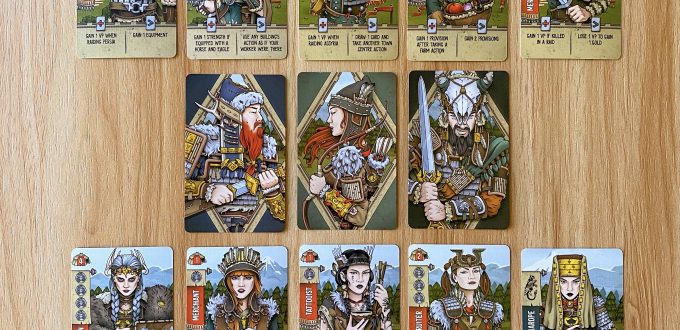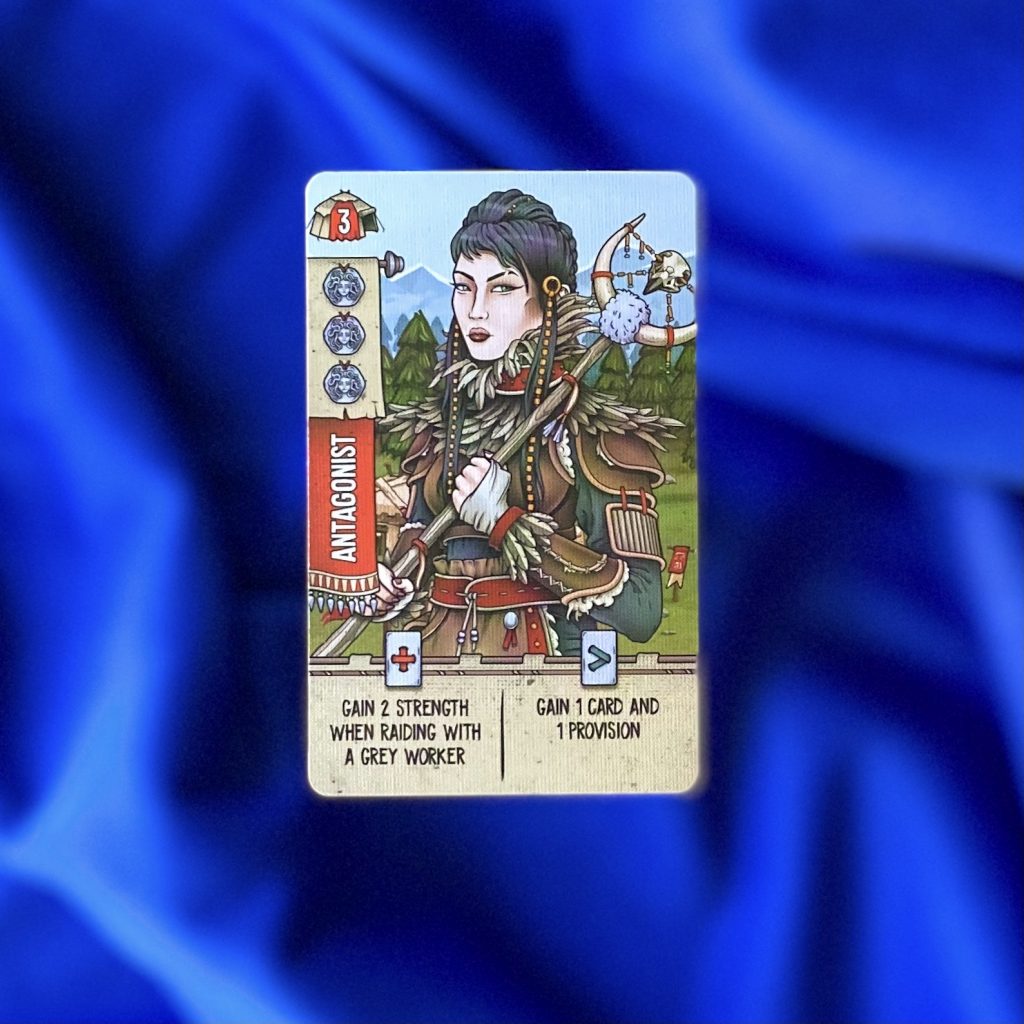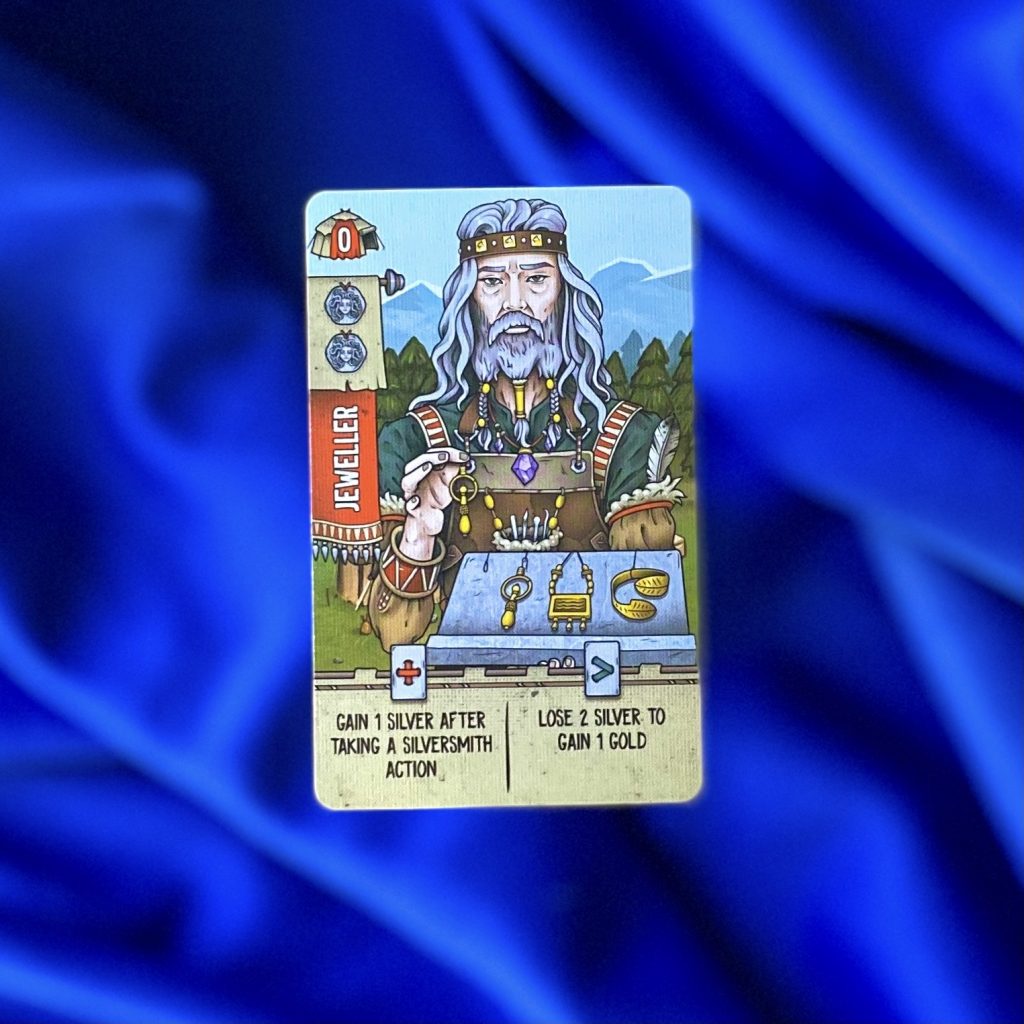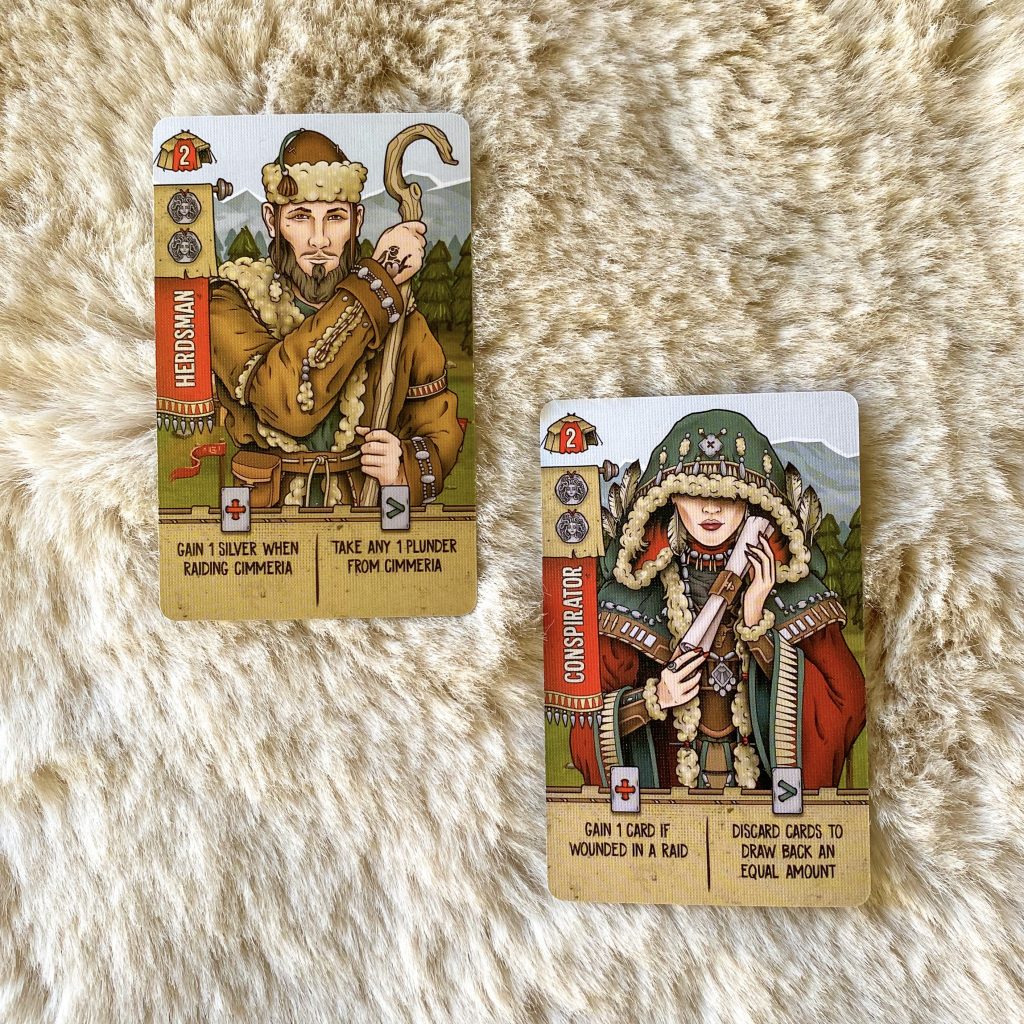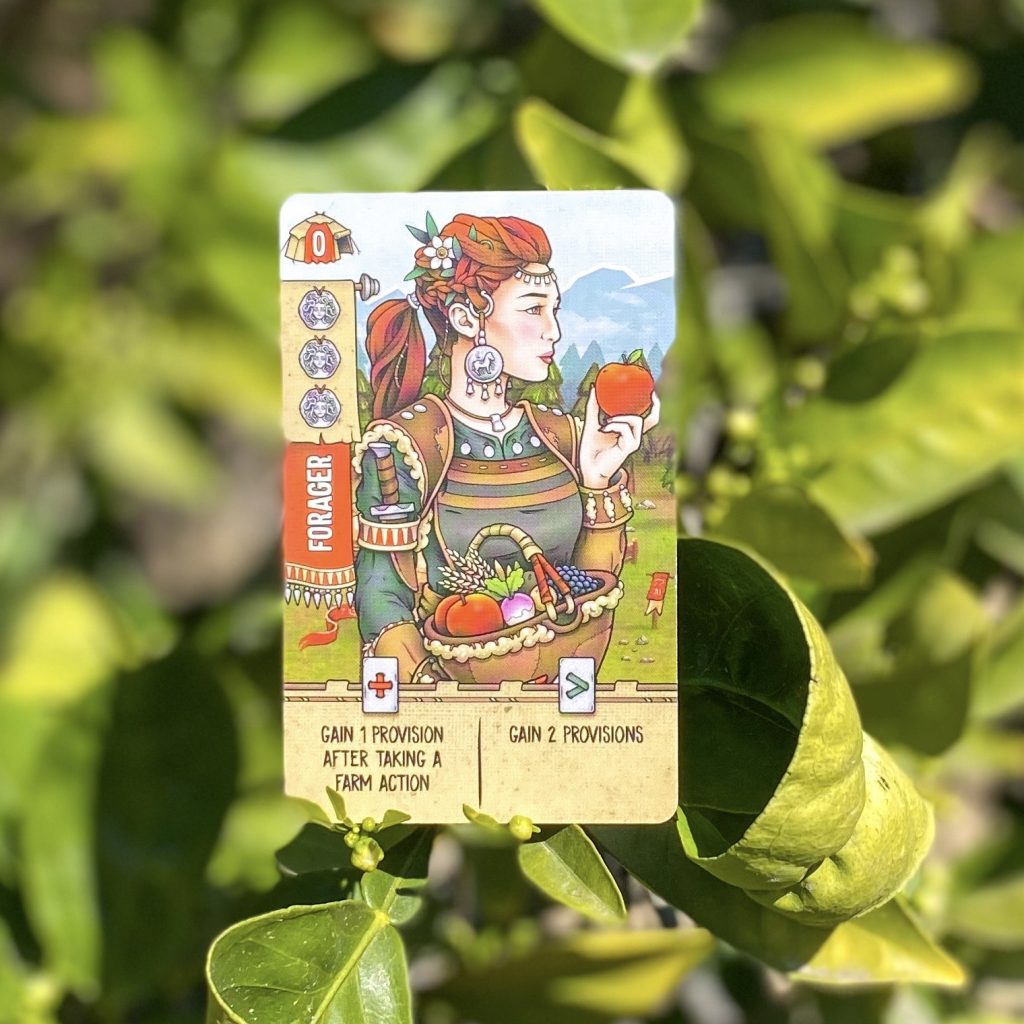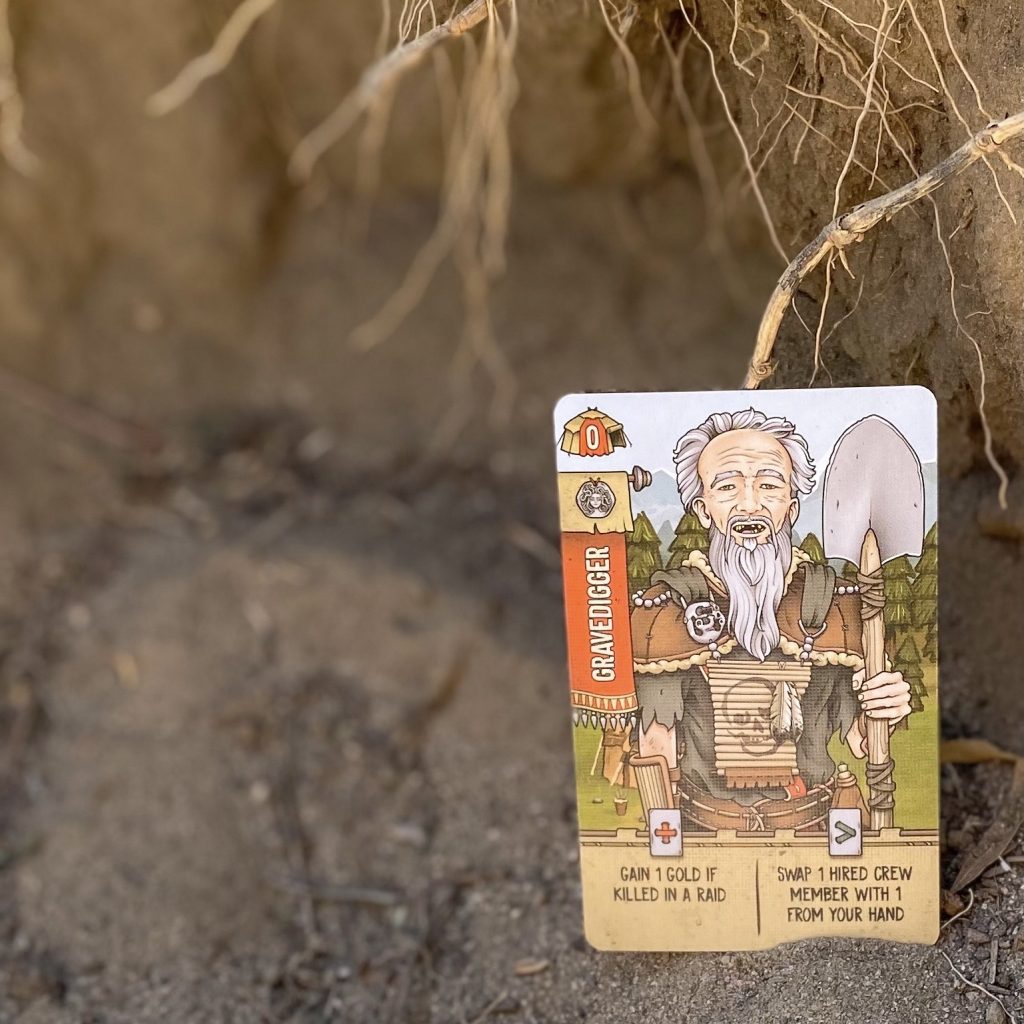Introduction by Saggyhead (Hannah):
Our world is hugely diverse and our hobby is popular all over the world and yet we often see very limited cultural representation in board games. I am really passionate about diversity and inclusion, luckily, being part of a D&I council for my company is part of my day-to-day job. Yet I look around at the board gaming community, and I see that in some respects this community is closed to diversity. Perhaps owing to the history of modern board games being a pretty well kept secret, or perhaps it is just because the origins of the board game themes are entrenched in the typical fantasy world with busty barmaids and strong warrior males. However, our culture is changing, and really we should expect our hobby to be pulled along with that. I guess for me, there is a slight mismatch, some board game designers are a bit behind-the-times when it comes to representation, and some are blazing a trail. Diversity is often a tricky topic, people are either unaware, or alternatively they shy away from the difficult conversations. I am a firm believer though that people need to be brave and conscientious about how to talk about these topics, they are unbelievably important.
Even though half the population is female, I don’t usually see an equal representation of women as characters in games. Sometimes there is an option to flip over a character to have either a female or a male choice, but oftentimes these are not as “strong” as some of the male counterparts. I would consider myself a strong woman, and it infuriates me as a woman in science when people (read here that this is usually older men) assume I don’t know what I am talking about because of my gender. So I guess I might be hyper aware of the situation, but what I am noticing now I think needs to be discussed.
This month, Morgan from @coffeeandcooperation and I teamed up this month for #anothergameofftheshelf to highlight games that show both excellent and poor representation. The latter is unfortunately quite easy to find, but there are positive movements being made to correct these missteps. We are also looking at games that represent history in a way that is not offensive, cultural representation instead of appropriation, and evidence of careful research into events and symbols and culture. A desire to get things right and include everyone in our community.
Morgan and I took time during January to reflect carefully on our collection and pull out games that we thought did it well. We both came up with one shared example, Shem Phillips of Garphill Games. Luckily we were able to schedule an interview with him even despite the California/New Zealand/UK time zone challenges. For us this conversation was both enlightening and hugely interesting, and luckily for all Shem was happy for our paraphrased discussion to be shared here.
INTERVIEW WITH SHEM PHILLIPS – GARPHILL GAMES
Hannah: Thank you so much for making the time for us. When we decided on this theme for February, we knew that there was one game that for both of us had done representation “right”. We are both really interested in learning more about the decisions that made what we see today.
Morgan: So we both noticed that in Raiders of Scythia there are lots of female characters on the cards, was this a conscious decision on your part with the design?
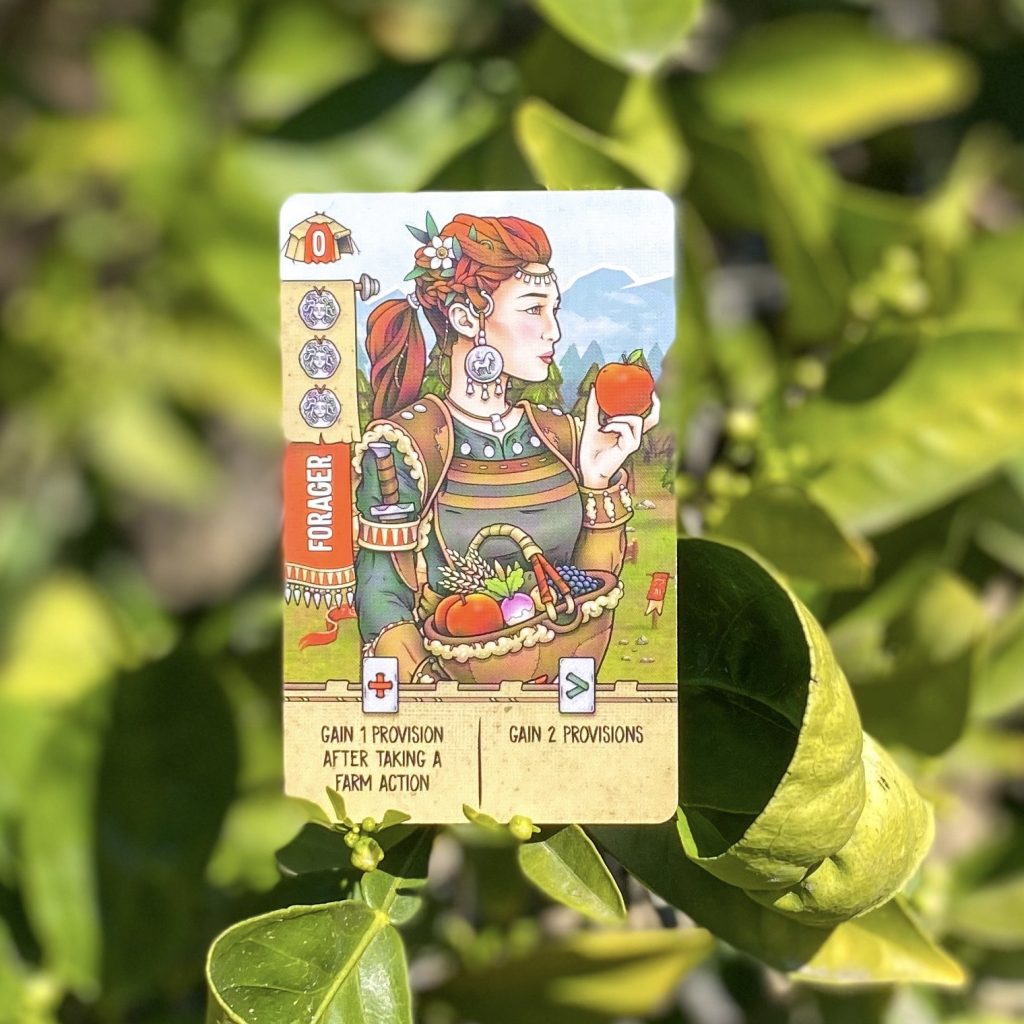
Shem: I want my games to have good female representation, I have daughters and they always want to be the “girl” characters and often we don’t have enough choices for them which inevitably causes squabbles.
Hannah: Something I noticed in other games was that although there were female characters, they were often not as “strong” or powerful as others, they were not warriors. However I was really happy to see that in Raiders of Scythia, some of the best characters (in my opinion) were female and they weren’t just copies of the male characters.
Shem: Yes, this was a conscious decision here, I sometimes feel like I am tied to historical facts and so must stay true to this. For example, in a game like Hadrian’s Wall with Roman Centurions, these were men. Women simply were not allowed to be centurions. However with the Scythians, the women were warriors, some say that the Scythians were the basis to the myth of the Amazonian Women. A matriarchal society where men were subservient to women and where women held all the power. So for me and my brother, who did all the artwork for the game, this gave us historical leeway to present the characters as we wanted.
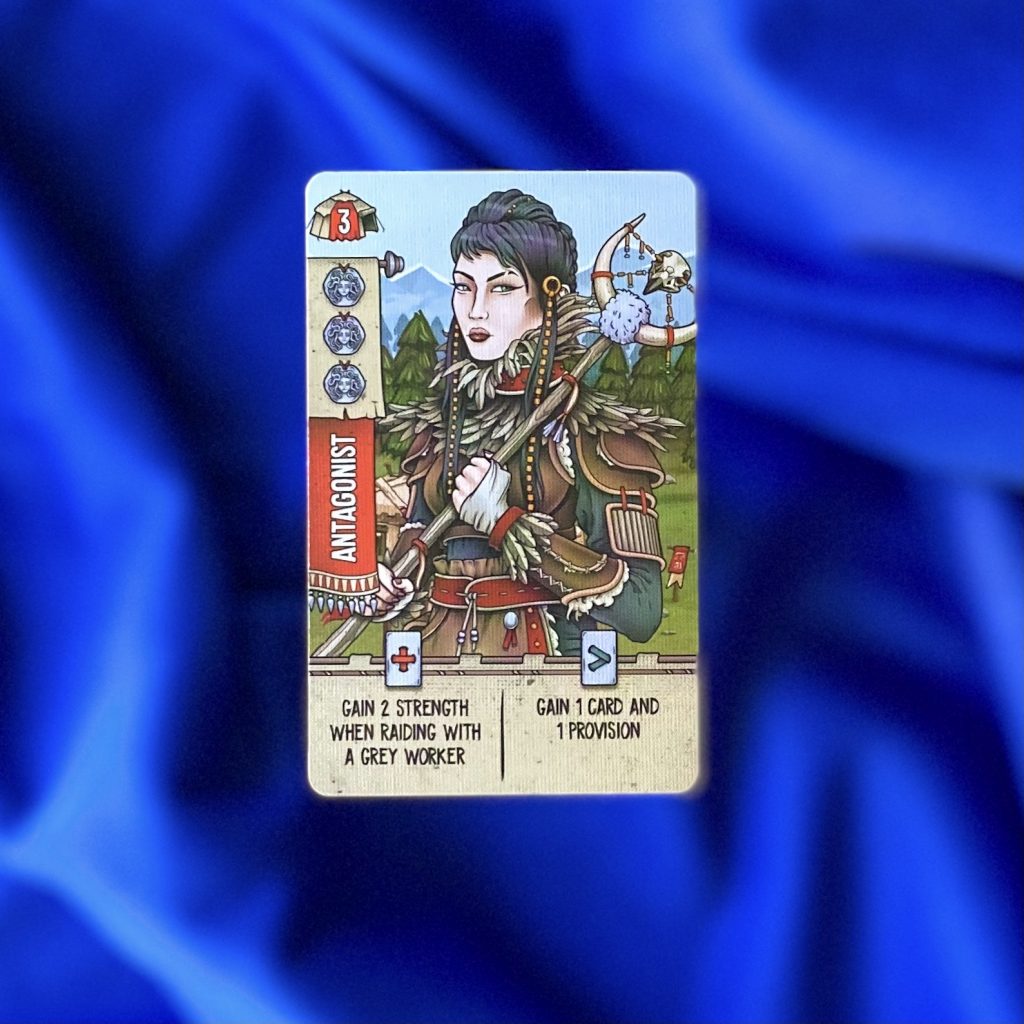
Morgan: So something else about it was that there is representation of lots of different skin tones, was this something that was entrenched in historical accuracy too?
Shem: So my brother Sam is really passionate about doing a lot of research into the time in history long before he put pencil to paper with the artwork. This series of games are based on real life historical people and tribes, and so it is important to both of us that we represent them correctly. With the Scythians, there is a lot of discussion amongst historians about what the Scythians would have looked like. The region of Ancient Scythia encompassed parts of Eastern Europe and Central Asia, and was a nomadic style tribe that existed in 650 BC. They did not write anything so a lot of the information is written by other Ancient Civilizations of India, Rome, Greece and Persia. The vast majority of the information comes from the writings of Herodotus, but of course he was not a Scythian, so there could well be a bias in his work. There is discussion of whether the people were of Scottish heritage or whether they looked more Asian. We felt the best decision was to represent every option equally.
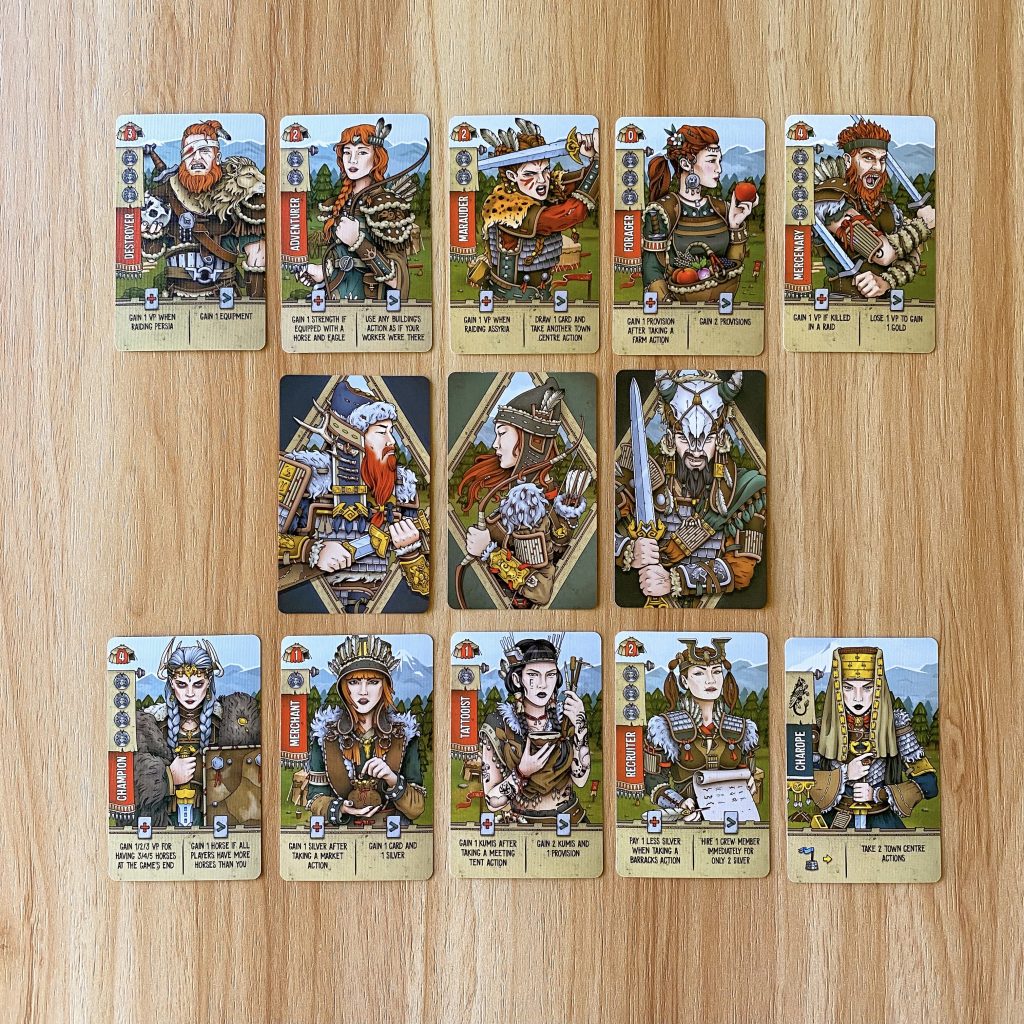
Morgan: Oh so now the ginger characters make so much sense. That is so interesting that this is how you decided to represent the historical discussion through the artwork.
Shem: Yes, we also research the names to make sure they are an accurate representation. For example, the boats in Shipwrights are named after actual ships, the names of the crew on the cards in Raiders are taken from those of real people.
Hannah: So what is the process for intertwining the correctly researched cultural heritage into the games at Garphill?
Shem: So it has two parts, the game and the artwork. We use both to represent the history as well as possible. For example, when we moved from Raiders of the North Sea to Raiders of Scythia, we needed to make some edits to how the game worked even though it was really similar in many ways. We needed to remove the Valkyrie part as the Scythians weren’t bothered about getting into Valhalla once they died. There needed to be some way to represent the raiding as fighting armed tribes, and I also wanted to represent their love for gold and its value too. That is why we introduced the wound dice. It added an element of danger to hunting out that elusive gold resource.
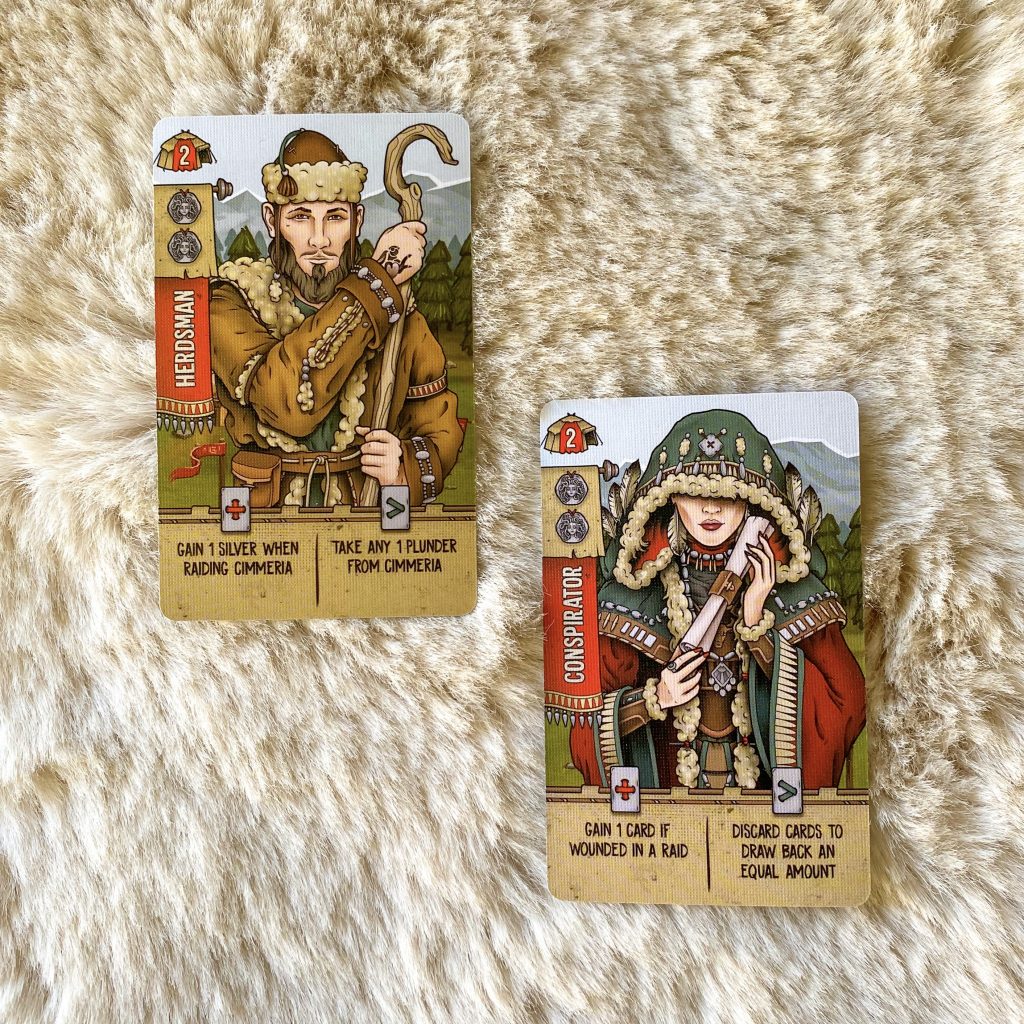
I also had the opportunity to add the animals into the game which allow you to alter the power of your crew. This was an idea I’d wanted to do before but it hadn’t fit seamlessly until then. The horses of course offer you more fighting power and make the “weaker” cards upgradeable to get your crew strength up. This I think change up how you craft your crew, giving you less reliance on luck of the draw and more ability to mitigate. I use the mechanisms of the game to tell the history.
Hannah: That is really interesting to hear, it makes sense now why your theme doesn’t feel pasted on. It is the integral part of how the game works. And how does the artwork weave into this?
Shem: So if I am working with Sam, then he will do a lot of research into the history too and the aesthetics before starting to draw. For example with the new game Legacy of Yu, this is based on the Xia dynasty who were the earliest China. Sam was getting some artwork checked over and it was noticed that one character was holding a flute on the wrong side. I said oh well just invert the image, that will be fine. And Sam told me we couldn’t do that because then the kimono would be on the wrong side. This is the level of detail that he goes into when he is doing the artwork for one of our games.
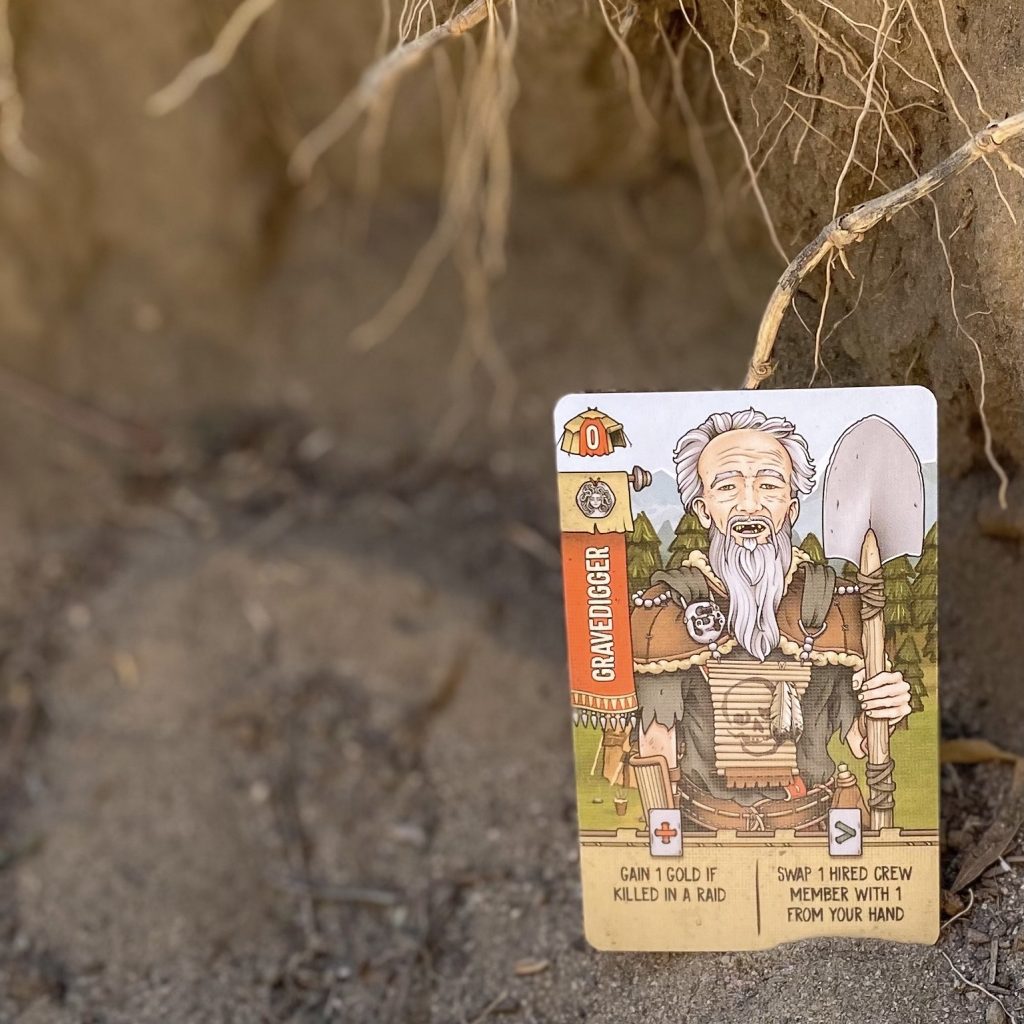
Hannah: Oh wow, seems like such a more in depth process than I had ever thought. Thank you so much for taking the time to chat to us today about the games, I think both of us will be off to get Raiders of Scythia back to the table so we can have a look at the game with this conversation in mind! Thank you for letting us see a bit more of the design process through the lens of diversity and inclusion. It is something I am passionate about, and it is good to hear that there is thought and reason behind how you are approaching cultural representation rather than just including differences just because you think it’s what people will check up on.
It is really encouraging to hear from one of the designers about how the thought of diversity and inclusion is a part of the process that so much thought goes into. Sadly this is not always the case. We have seen many bum notes struck by designers and publishers where a deft hand has not been used.

